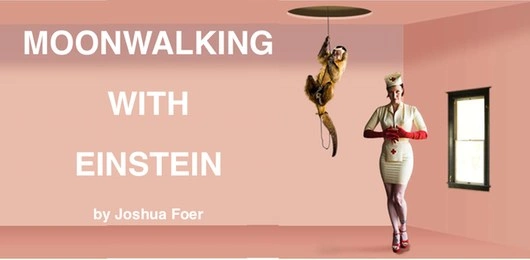
Interesting ideas from Moonwalking with Einstein:
Our memories are associative. If you want to maximize the strength of a newly formed memory spend a few seconds coming up with related ideas and associations. For extra support involve multiple senses.
Chunking information means reducing the number of items we have to remember by increasing their size. If you want to remember more and use your knowledge more effectively chunk it. For example, if you want to play chess like a grandmaster don’t try to remember each piece in isolation, first spend time building a collection of common formations of pieces and later you will only need to remember that the board had 2 or 3 formations instead of 12 individual. This applies to many domains: analysis of financial statements, football matches, reviewing resumes.
Experts interpret scenarios in terms of their massive experience, non-experts interpret them as new information. In other words, experts do pattern matching while non-experts think. You build your internal database of patterns by reading and reflecting over many past scenarios.
Monotony collapses time (“this year time has flown”), novelty unfolds it (“that summer felt like it would never end”). Keep creating memories if you want to lengthen the perception of your life.
As memories age our brain physically alters them and turns them from episodes into facts.
Our memories are designed to efficiently encode visual information and information about places. If you want to make it easier to remember things exploit these two facts by storing visual images in places you remember well (memory palaces).
Even in this era of memory externalization (Google, internet) we still need memories because they are the building blocks of creativity.
The author also describes a couple of memorization techniques that current memory championship competitors use but the main objective of the book appears to be to chronicle the author’s progress in his preparation to participate in the US memory championship.